info@graf.cat
GRAF, the platform that brings together contemporary art organisations to create a community.
Subscribe to receive the GRAF Newsletter, "here"

El Molino
We start our route in the street Vilà i Vilà 99 at the famous Molino. A few know that the beginnings of this place date back from 1898, when the owner of a bar called “La pajarera” transferred the business to an Andalucian immigrant looking for fortune and he changed the name to “La pajarera catalana”. In 1910 the original construction was knocked down and the architect Manuel Joaquin Raspall builded a new building. An encyclopaedia could be dedicated to the artists that performed in El Molino, so I will only mention Francisco Barnaba (1916-1981), more popularly known as Johnson, of which the Barcelona Wax Museum preserves a statue.
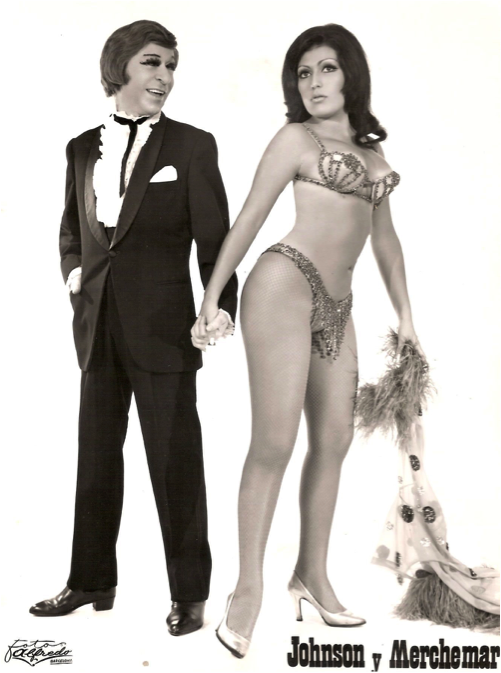
Cabaret de la Muerte
Although El Molino was a copy of the Moulin Rouge in Paris, the Cabaret du Néant in the city of lights also had its replica at number 72 of El Paralelo, on the ground floor of the flamenco tablao Cabaret Sevilla. The premises in Paris opened in 1892 and the one in Barcelona much later, in 1925. The Barcelona version must have had little success, as it closed in a matter of months. At the end of the show, the spectators were served a “poison” and all were supposed to pass away. That is why the cabaret advertised itself by asking for coffins’ offers, stating that they consumed between 30,000 and 35,000 per week.
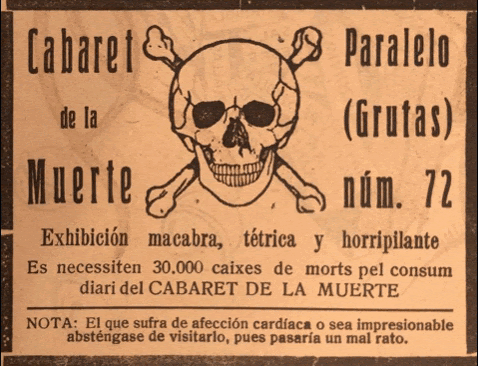
Barcelona de Noche
The manager of La Criolla José Márquez opened Barcelona de noche in the Street de les Tàpies 5 in 1936. An ideal location with a view that imitated the spirit of the successful premises he had run. However, this cabaret had to wait until the 70s to become a true reference venue where Madame Arthur, Christine, Pierrot, Bibi Andersen, Ángel Pavlovsky, Dolly Van Doll, Mimi Pompon and lesser known figures such as Loris Diamar would perform, an impersonator of Sara Montiel with an incredible resemblance to the artist of La Mancha .
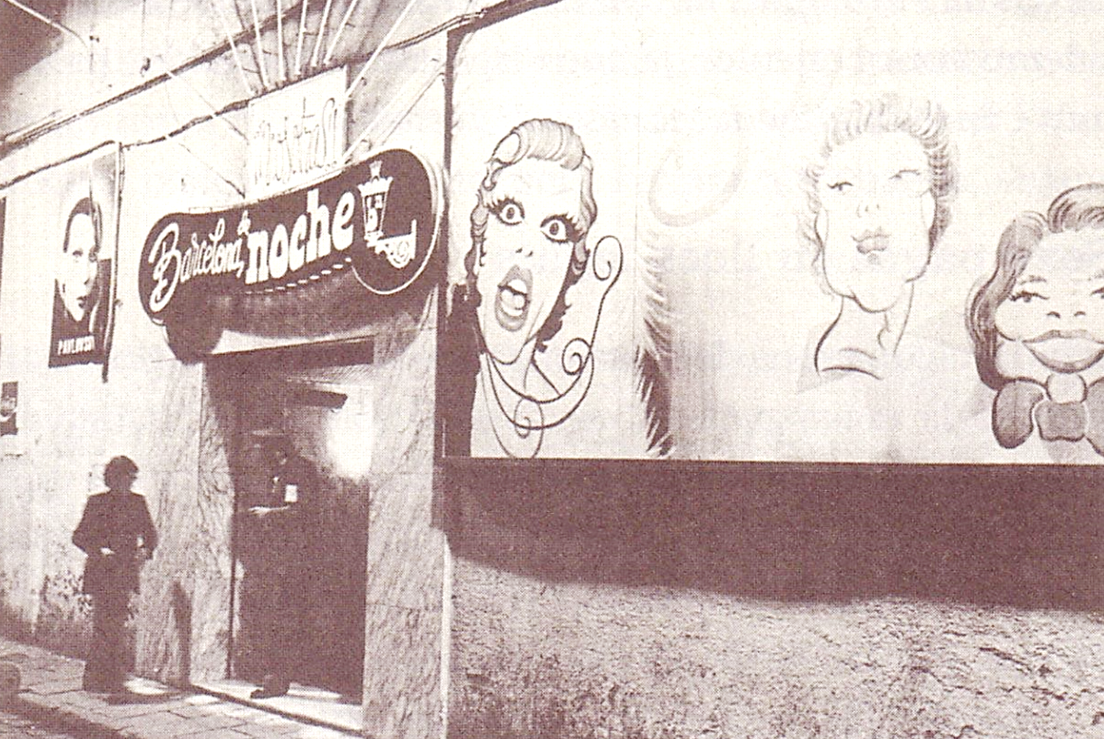
La Criolla y el Wu-Li-Chang
Located a few meters from each other in the Street Cid at number 10 and 7 respectively, these two places left an unforgettable mark on the history of the city. In the days when there was a large audience, the visitors to both establishments were confused and the owner of both was the same, Antonio Sacristán. Jacinto Benavente, Margarita Xirgu, Simone Weil, Jean Genet, Tórtola Valencia and countless other celebrities passed through La Criolla. Actors Douglas Fairbanks (father and son) visited the bar in 1934 and the father was so impressed that he claimed “I have never seen anything like it in my life, not in Shanghai, not in Port Said … Nowhere!” Pierre Mac Orlan declared that “La Criolla is the madness of the night driven to exasperation.” In fact, the history of this place is so exotic, transgressive and complicated that I can only recommend reading “La Criolla, the golden door of Chinatown” by Paco Villar. Regarding Wu-Li-Chang, it should be noted that it had an orientalist decoration by Ricardo Opisso and that the transvestite Mirco triumphed in it.
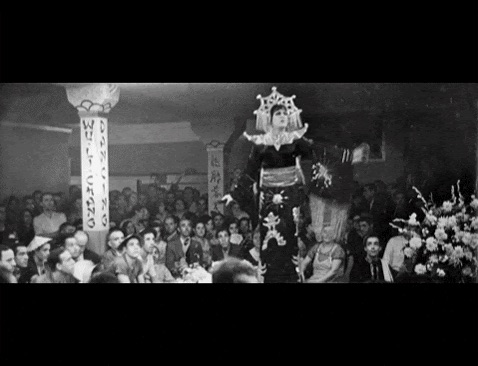
Cúpula Venus
Cúpula Venus was a performance hall located at number 27 of the Ramblas (within the Teatre Principal itself) that was active between 1978 and 1986. Cúpula was another crossing place between the popular classes and the gauche divine that went down to have fun. Joan Gimeno, Ángel Pavlovsky, Loles León, Pepe Rubianes, Pep Bou, Oriol Tramvia, Núria Feliu and… Christa Leem performed in that place. Christa was a unique character for different reasons. In the first place, she was the daughter of Carmen Picot, La Wernoff, an old school vedette whose parents in turn worked at the Teatro Circo Barcelonés. Carmen was also in charge of presenting her daughter’s shows at the Cúpula. Christa made her debut as a gogo dancer and was branded “modern” by her colleagues. It is not surprising that Joan Brossa connected with her and designed the famous “Striptease català” for the artist. Christa Leem did not perform, but instead would go on stage and show herself as she was.
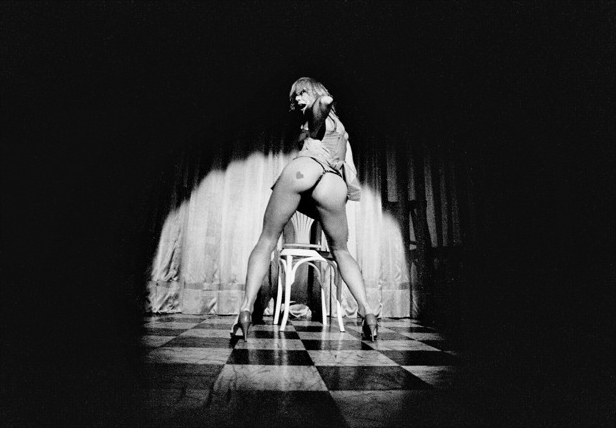
La Bodega Bohemia
In the corner of Lancaster and Nou de la Rambla there was La Bodega Bohemia, in a building that was demolished after the closure of the cabaret in 1998. The origin of this place dates back to the 1920s and for a long time the star was El Gran Gilbert, who triumphed there at a late age imitating all kinds of artists of both genders (Raquel Meller, Maurice Chevalier, Mistinguett etc.). El Gran Gilbert was the stage name of Joan Massó Gilbert, born in Figueres and a hairdresser by profession before making the leap into show business.
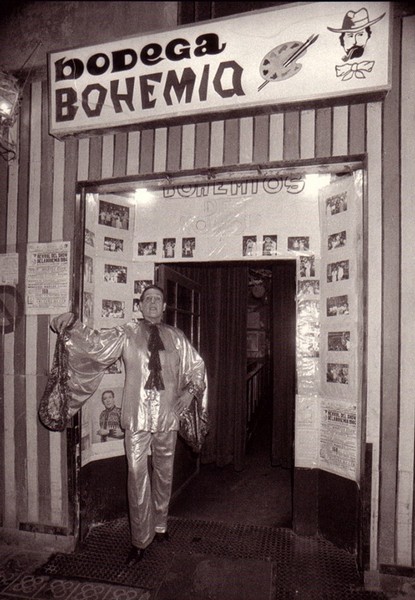
–
Text by Quim Pujol for GRAF. Quim is a poet.
This route summarizes the “Bricks and Sequins” guided tour that took place on February 6th, 2021 as part of the BAR Project 2020-21 online/offline residency program.